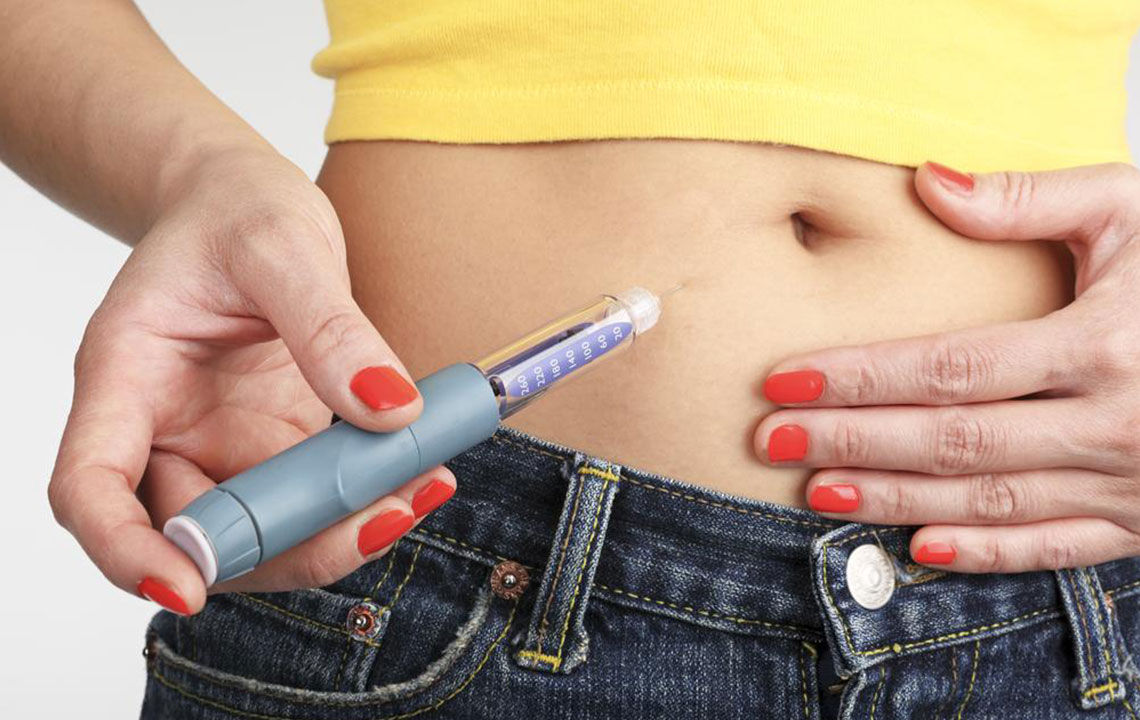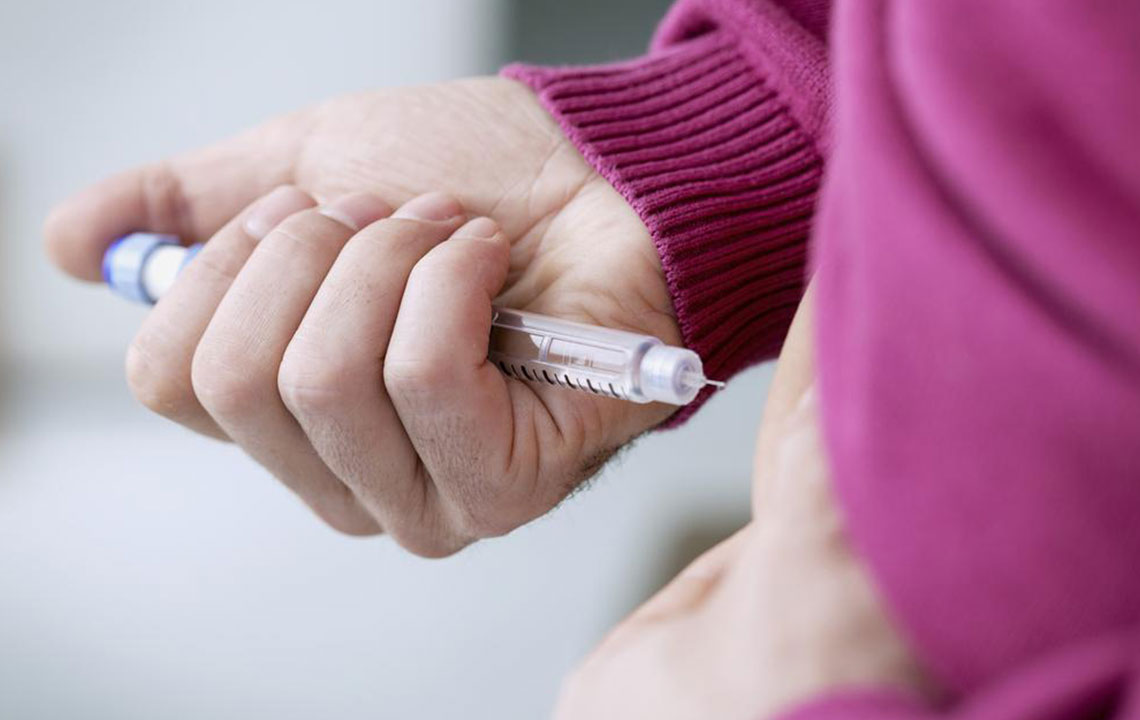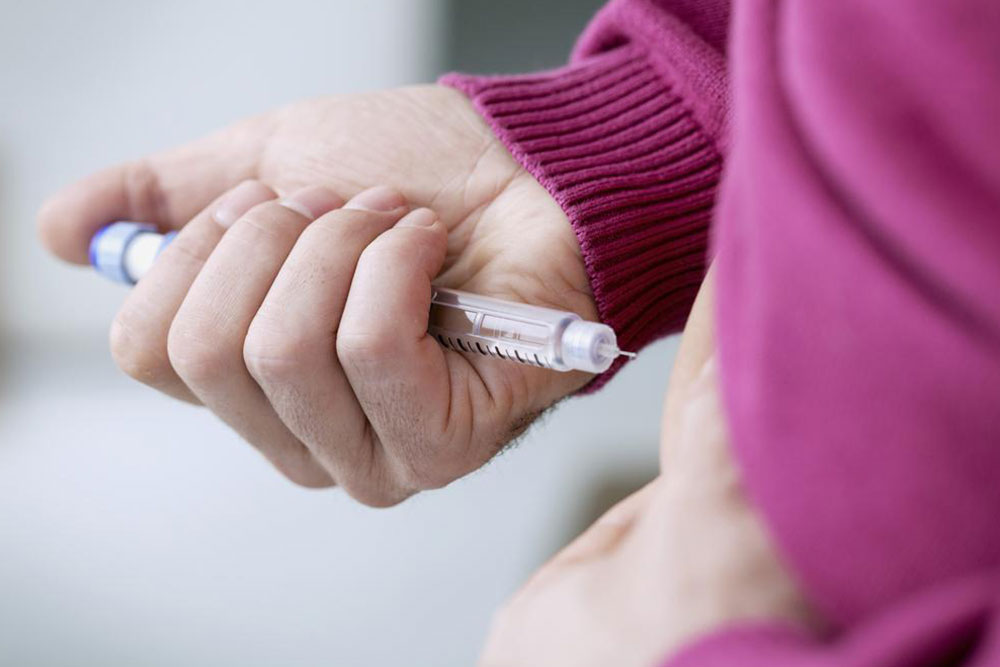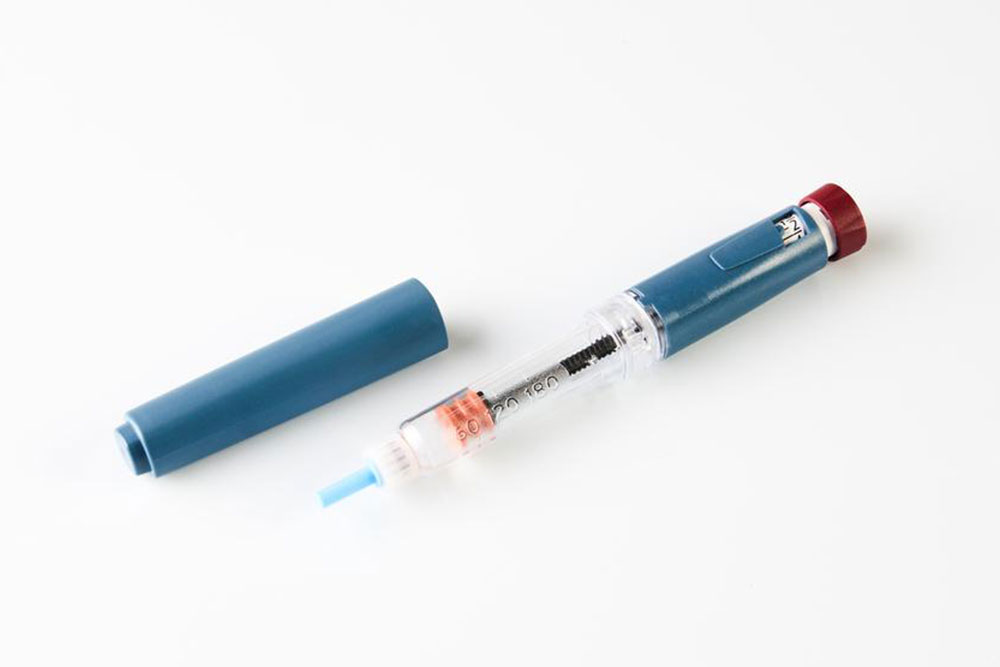Comprehensive Guide to Insulin Delivery Pens
This comprehensive guide explains insulin pens, their types, selection tips, storage, proper usage, and safety precautions. Designed for diabetics and healthcare providers, it highlights the convenience and importance of correct handling to ensure effective insulin delivery and blood sugar management.
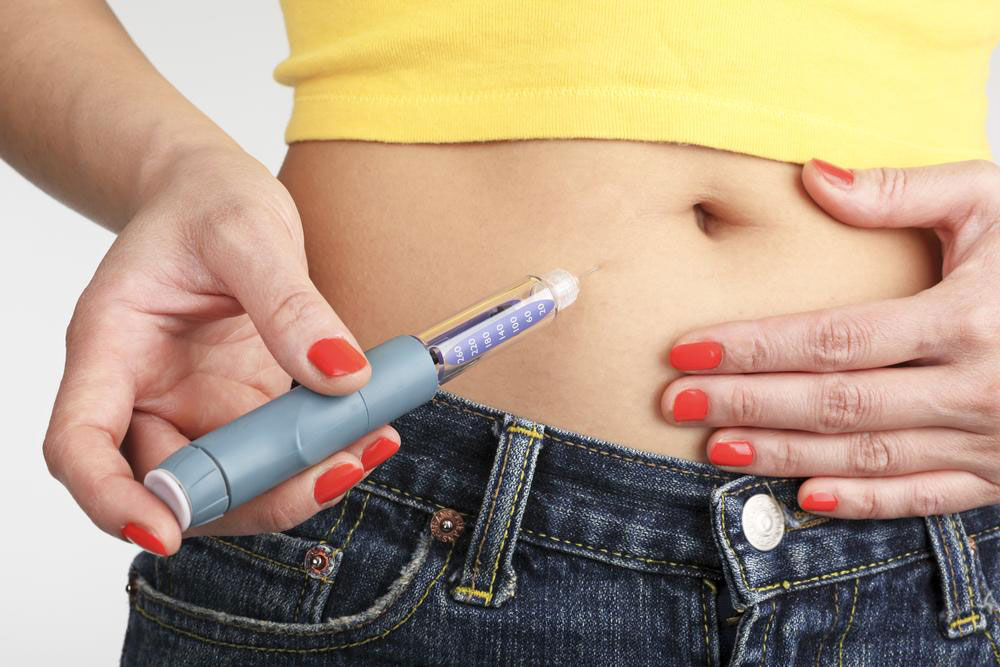
Comprehensive Guide to Insulin Delivery Devices
For effective management of diabetes, many patients rely on insulin injections throughout the day. Insulin pens are a user-friendly and comfortable method for administering precise insulin doses. Gaining popularity, these devices include a cartridge, a disposable needle, and a dial to set the required dosage, ensuring accurate delivery tailored to the individual's needs.
Insulin pens administer doses ranging from 0.5 to 80 units, with adjustable increments of half, one, or two units, depending on the pen type and model.
Types of insulin pens
Insulin pens primarily fall into two categories:
Disposable: These come pre-filled with insulin and are discarded after use.
Reusable: These contain replaceable insulin cartridges and can last over a year with proper maintenance; the cartridges are swapped out after each use.
Remember, always use a new needle each time—needles come in various sizes and fit all insulin pens.
It's advisable to consult your healthcare provider to determine the most suitable insulin pen for your treatment plan.
Factors to consider when selecting an insulin pen
Key aspects include:
Type of insulin pen
Maximum insulin capacity
Adjustment increments
Build quality and material (for reusable options)
Ease of adjusting the dose
How remaining insulin is displayed
Size of dose numbers on the dial
Storage guidelines for insulin pens
Insulin pens are convenient to store. Unlike vials, they do not require constant refrigeration after initial use. Store in a cool, dry place away from direct sunlight, and avoid freezing or exposure to temperatures above 30°C. Keep pens with attached needles sterile by storing them separately. Always check expiry dates before use, and note that most pens are viable for 7 to 28 days post-opening, depending on insulin type.
Proper usage of insulin pens
If new to insulin pens, seek guidance from your healthcare provider. Basic steps include:
Remove the pen from the refrigerator about 30 minutes before use.
Verify insulin type and expiry date.
Ensure insulin is clear and free of clumps; gently roll if needed.
Clean the pen's top with sterile alcohol, wash hands thoroughly.
Attach a new needle, remove the cap, and set the correct dose by turning the dial.
Double-check the dose, select an injection site, and insert the needle at a 90-degree angle or as advised.
Pret the button, hold for 10 seconds to ensure full dose infusion, then remove the needle safely.
If over-dialed, some pens allow to expel excess or reset to zero.
Avoid injecting into bruised or sore areas, and rotate sites regularly to prevent lumps or swelling.
Risks and Precautions
Accurate dosage is critical. Incorrect dosing can lead to hypoglycemia or hyperglycemia, so monitor blood sugar levels carefully after each injection. Proper handling and hygiene are essential to prevent infections. Consult your doctor before using insulin pens to ensure correct technique and safe practice.

